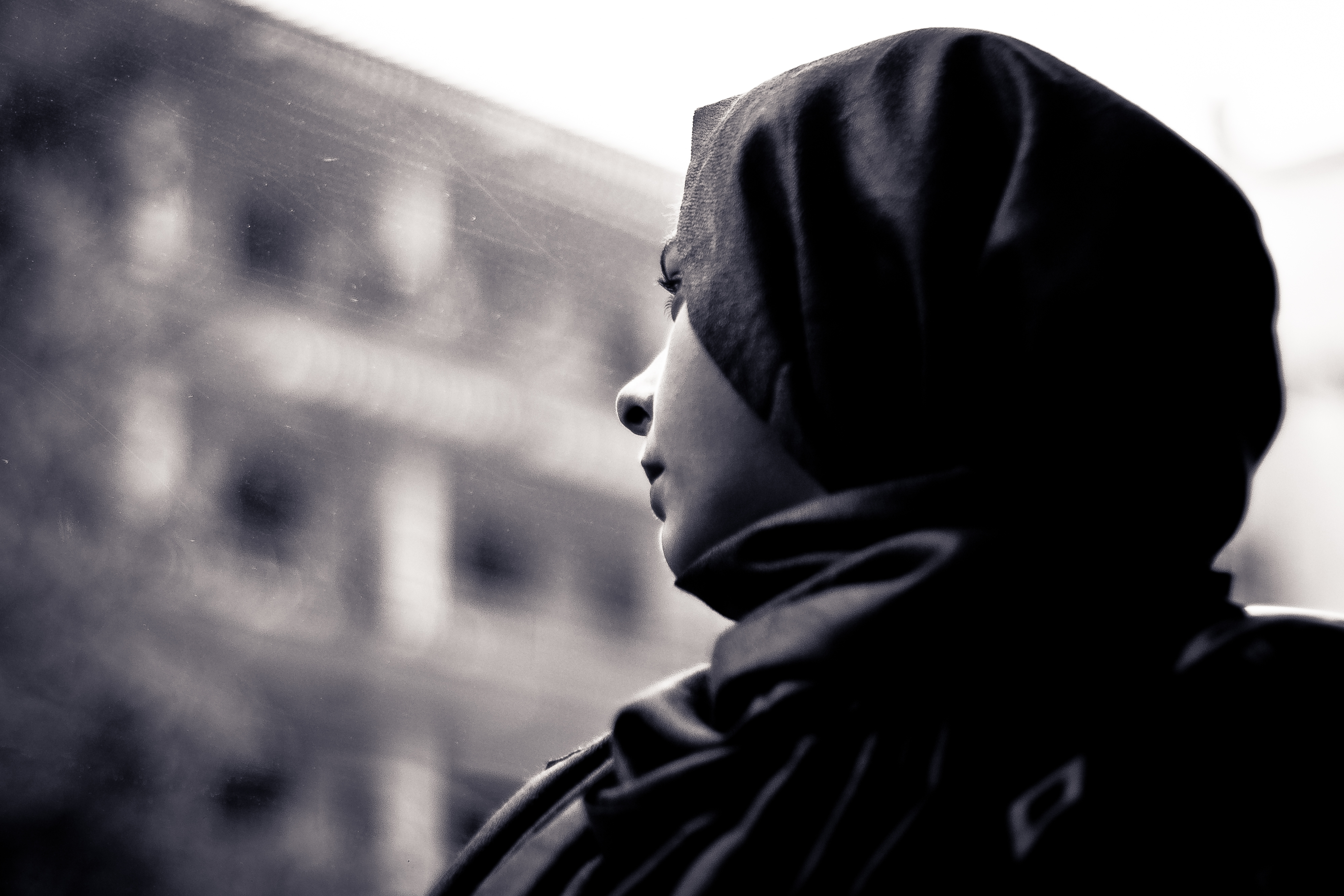Though a recent Gallup study is an important one which illustrates the diversity and spirit of America’s Muslims, The Washington Times frames the findings to suggest that the study zeroed in on Amercian Muslim women and proved that America has liberated this otherwise repressed population – a result that fits this publication’s ideology a little too snugly.
Gallup recently released a study examining American Muslims. Some of the results:
• Muslims are highly educated, more so than most of the American population. Muslims are second only to Jews in their level of education.
• American Muslims are an incredibly diverse group comprised of 35% African Americans, 28% whites, 18% Asians and 1% Latinos.
• American Muslim women are slightly more educated than American Muslim men and more educated than American women overall.
More interesting than the study’s results was how the results were framed. An article published in The Washington Times reveals how a publication can interpret the findings of a scientific study to fit its ideology.
The Washington Times piece started off with a misleading headline: “Survey: U.S. Muslim women liberated.” The headline illustrates neither a finding of the study, nor the intent of the study. Given that The Washington Times is a conservative publication, it seems that the writer intended to provoke the following thought: U.S. Muslim women are liberated while their oppressed sisters in Muslim nations aren’t. The headline reads in a jingoistic and self-congratulatory manner as if to say, “See, America is liberating Muslim women!” What, exactly, are we being liberated from? Our supposed liberation assumes that we were initially oppressed either by Muslim men or by our faith itself (the latter implies that Islam is an inherently oppressive belief system).
It doesn’t get any better in the first paragraph. The first sentence reads:
American Muslims include some of the world’s most liberated Islamic women and the largest percentage of young people of any religious community in the country, according to a new report issued Monday by the Gallup Center for Muslim Studies.
Again, why is there a need to call us “liberated?” Is this supposed to be a compliment to American Muslims? Because I certainly don’t feel flattered. Not only does using the word “liberated” imply that we are oppressed, but it also characterizes us as one-dimensional victims. Either we are oppressed or liberated, there is no in-between. Applying these terms to Muslim women discourages readers, Muslim and non-Muslim alike, from recognizing the complexity of Muslim women’s experiences; in the process, this characterization dehumanizes Muslim women and places them in a box marked “Other” or “Alien.”
The piece goes on to draw a comparison between American Muslim women and Muslim women living in other countries, such as Saudi Arabia (so typical) and Egypt. Besides the fact that the study did not compare American Muslims to Muslims in foreign countries, but to other American religious groups, mentioning predominately Muslim countries in this context evokes a contrast that aims to paint the U.S. in a favorable light as compared to Saudi Arabia and Egypt. It seems that the comparison is brought up to highlight the idea that America is liberating Muslim women, while Muslim nations subjugate Muslim women. American women’s personal choices and observation of Islamic traditions isn’t given any credit. Judging from the majority of comments on The Washington Times site, it seems that at least some people took away the message that American values and culture served as the vehicle through which Muslim women became free.
The article gives a partial quote by Ahmed Younis, a Senior Analyst for the Gallup Center for Muslim Studies. Actually, it’s not even a partial quote:
“It’s not true that U.S. Muslim women are oppressed,’ Ahmed Younis, a senior analyst for the center said. ‘Muslim women are roughly equal to men in education, income and mosque attendance.”
I wonder if Younis actually made the sweeping generalization that American Muslim women are not oppressed. I doubt he did. Considering his senior position at Gallup, I would assume that he understands the complexity of gender relations among American Muslims. Muslim women’s equality to their male counterparts when it comes to education, income and mosque attendance rates does not automatically suggest that American Muslim women do not contend with oppression in this country.
Apart from tailoring the findings of the Gallup study to fit The Washington Times ideology, the article also presents entirely unrelated information to further solidify its perspective in the reader’s mind. The article showcases a photo of the Harvard University’s gym with the caption, “Harvard University has established women-only hours to accommodate Muslim women who say their religion does not permit them to exercise in front of men.” What this has to do with the study is beyond me.
Though the Gallup study is an important one which illustrates the diversity and spirit of America’s Muslims, The Washington Times frames the findings to suggest that the study zeroed in on Amercian Muslim women and proved that America has liberated this otherwise repressed population – a result that fits this publication’s ideology a little too snugly.
(An unedited version of this article was originally published at Muslimah Media Watch)
Faith Barrow-Waheed began to write about Islam and gender while in college. She also writes frequently on race among Muslims. She is a regular contributor to Muslimah Media Watch and also writes for her personal blog, The Tales of Modern Muslimah. Faith holds a BA in Religious Studies. While pursuing her BA, she did independent research on gender norms among Muslim women converts which she hopes to further pursue as a graduate student in the future. She lives with her husband in Ohio.




